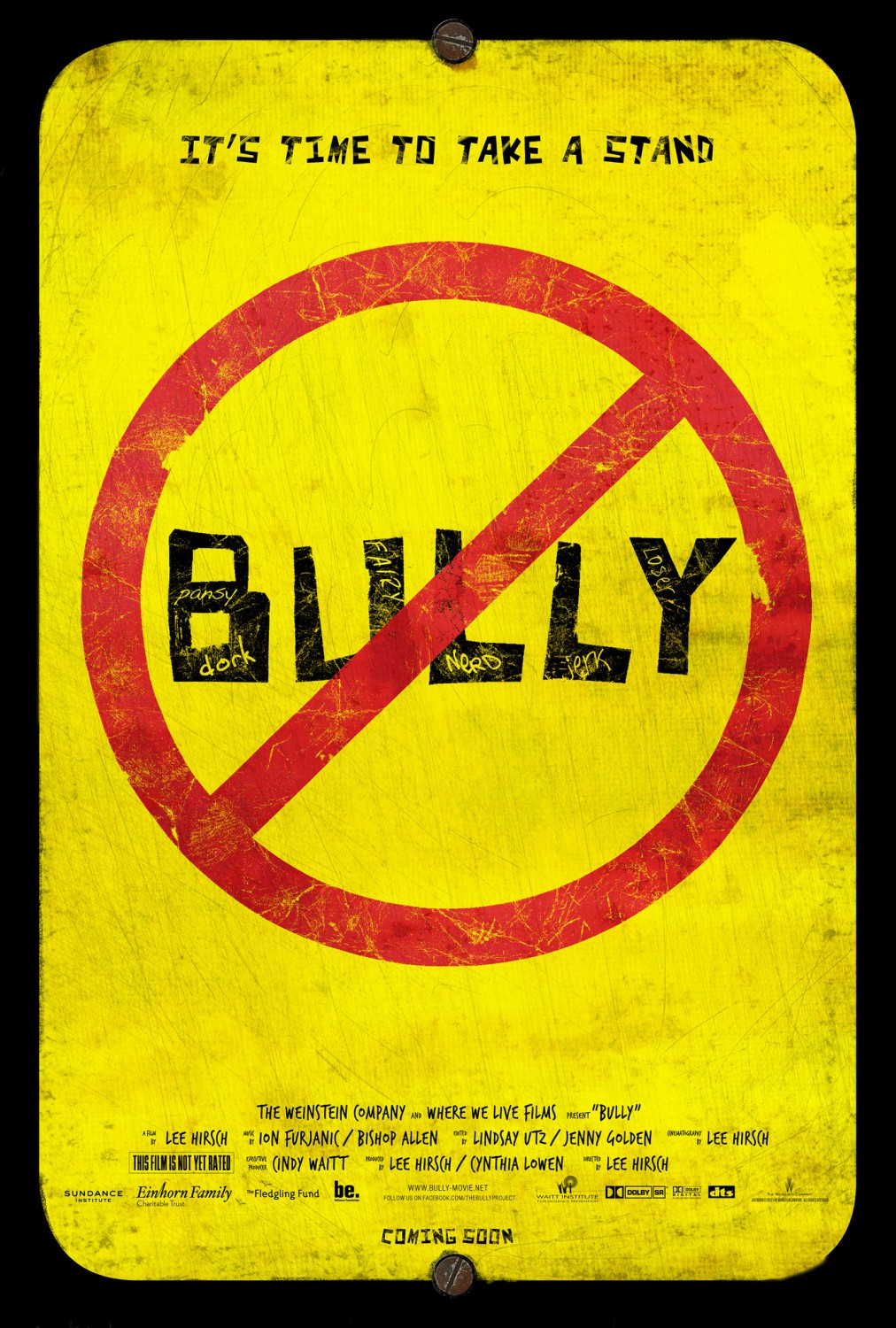 The Weinstein Co. will no longer have to fight with the MPAA regarding the critically beloved documentary Bully. After weeks of controversy surrounding the rating of the Lee Hirsch film, which chronicles the bullying epidemic in America and young people whose lives are directly effected by it, the Weinstein Co. got what they were hoping for: The PG-13 stamp.
The Weinstein Co. will no longer have to fight with the MPAA regarding the critically beloved documentary Bully. After weeks of controversy surrounding the rating of the Lee Hirsch film, which chronicles the bullying epidemic in America and young people whose lives are directly effected by it, the Weinstein Co. got what they were hoping for: The PG-13 stamp.
The production company, which rallied hard against the MPAA’s initial R rating, announced Thursday that a PG-13 version of the film will be released on Friday, April 13 in 115 theaters. In accordance with the MPAA’s guidelines, Bully had to cut three F-words from the film in order to be granted their desired rating. (The film currently playing in theaters as an unrated feature.)
While this marks a momentous strike in the battle against the reviled ratings system (Bully has been give a PG-13 rating despite still having enough strong language that would typically warrant an R by the MPAA), will this be heralded as a victory for all filmmakers fighting for their movies to be seen by wider audiences? Or is it simply a well-executed marketing ploy by the notoriously shrewd Weinstein?
When the Weinstein Co. and Hirsch went to the forefront to fight against the MPAA, crying that this was a film that needed to be seen by those who could not get in to R-rated movies, a grassroots campaign quickly emerged. A 17-year-old high school student named Katy Butler started a viral petition to get the Bully rating changed and collected over 300,000 signatures in the process. The movement spread to Capitol Hill (more than 20 lawmakers signed a bipartisan letter to the MPAA) and Hollywood (the film received support from the likes of Ellen DeGeneres, Meryl Streep, Johnny Depp, Justin Bieber, and Katy Perry.)
This isn’t the first time the MPAA and Weinstein have agreed to make changes for a rating (in 2010, the Weinstein Company’s The King’s Speech muted some of their F-words in order to have a PG-13 version of the film before the Oscars), nor is it the first time that Weinstein’s tireless campaigning for a film has seen its desired outcome. (Shakespeare in Love over Saving Private Ryan, anyone?)
As we pointed out last week, the controversy surrounding Bully has given the film attention it might have otherwise not received. Independent features, particularly documentaries, tend to open and close in smaller markets without so much as causing a blip on most moviegoers’ radars. Bully has now become a headline-grabbing entertainment news story and a awareness movement. No poster or trailer or late night talk show show visit could wield that kind of power.
But herein lies the bigger dilemma. Even if the widespread Bully movement was a byproduct of Weinstein planning, if it does more good than harm in the end (having Bully seen by younger audiences, getting anti-bullying legislation in motion, changing the MPAA’s standards), should it matter how the job gets done? Even when something seems to have the best intentions at heart, skepticism can often create backlash just as big as the issue itself. Just look at the Kony 2012 project. Instead, perhaps we should let our compassion for the kids in Bully triumph over all and simply admit: Well done, Weinstein.
More:
Bully: The Hollywood.com Review
Bully: Will the Controversy Actually Help the Film?
EXCLUSIVE: The Walking Dead’s Norman Reedus Takes a Stand Against Bullying


